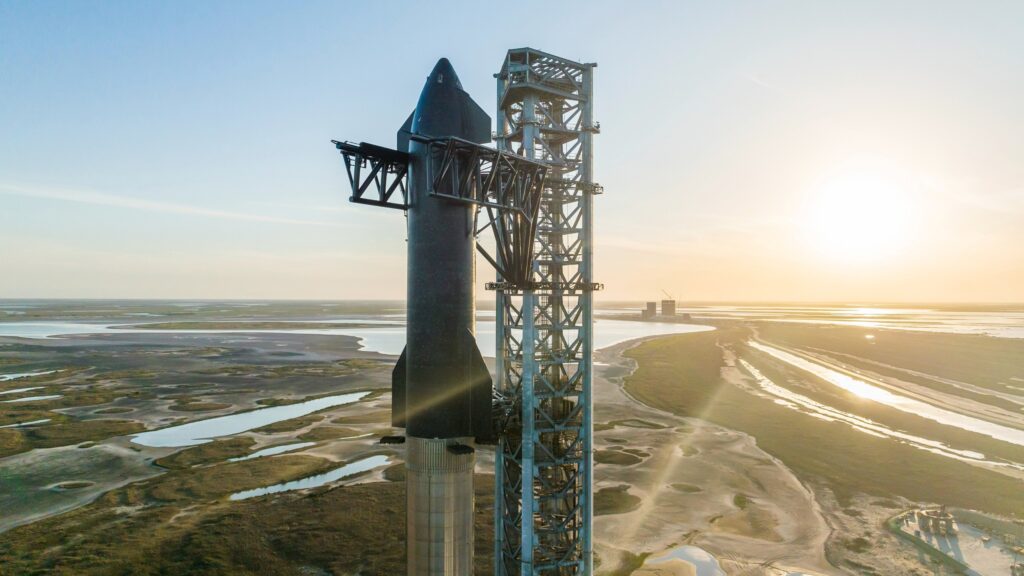The US Federal Aviation Administration (FAA) has published the results of an environmental assessment of the SpaceX cosmodrome in Boca Chica. According to the report, the launches of the Starship spacecraft will not have a significant impact on the environmental situation in the region. This decision opens the way for the first orbital test of a superheavy spacecraft.

Initially, the assessment was supposed to be completed on December 31, 2021. However, the FAA repeatedly extended its deadline, citing numerous comments from members of the public, the need to consult with local authorities, as well as the actions of SpaceX, which made several changes to the design of the Starship.
Due to the uncertainty with the deadline for the completion of the assessment, SpaceX even began preparing a backup plan involving Starship launches from the launch pad at Cape Canaveral. But in the end, the FAA still published a verdict. It turned out to be favorable for the company. SpaceX will be able to carry out orbital launches from the territory of Boca Chica while fulfilling a list of 75 recommendations aimed at reducing the environmental impact (among them limits on closing the road leading to the cosmodrome, changing the lighting on the launch pad and schemes for delivering employees there).
It is worth noting that passing an environmental assessment does not mean that SpaceX automatically received permission to launch Starship. For this, the company will need a license, which is issued by the same FAA. For it to be received, the company will have to fulfill the list of 75 recommendations announced by the department, which will take several months. Nevertheless, the completion of the environmental assessment of the cosmodrome in Boca Chica is a very significant step forward. It removes an important obstacle on the way to the first orbital test of Starship and gives hope that we will see it in the near future.
According to https://spacenews.com
Follow us on Twitter to get the most interesting space news in time
https://twitter.com/ust_magazine
